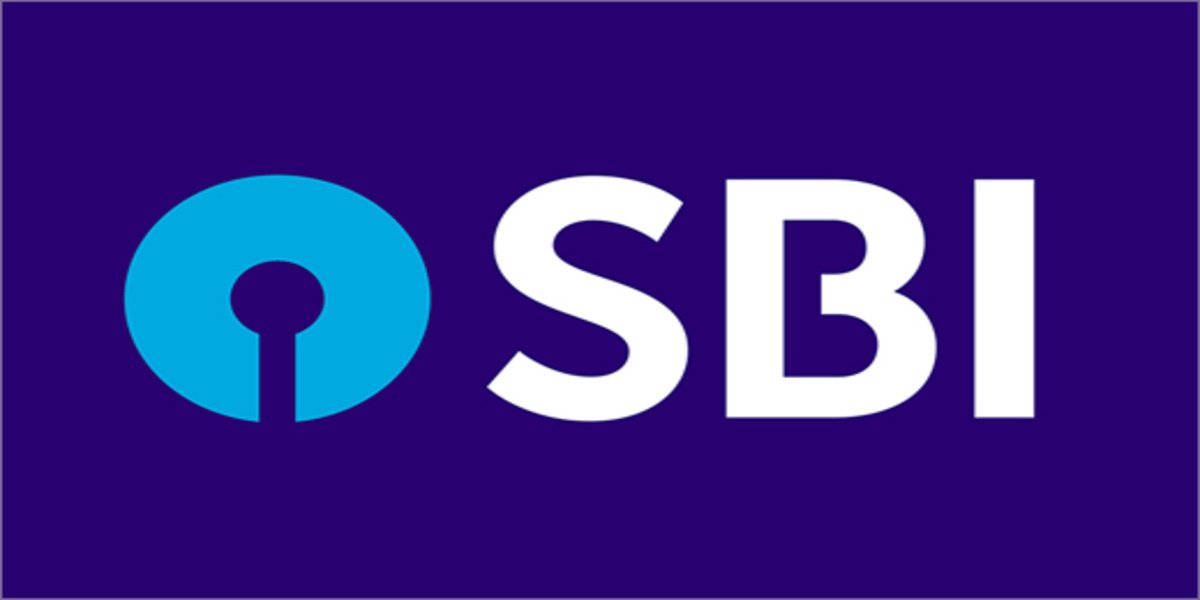State Bank of India (SBIN) Stock Analysis
About
The State Bank of India (SBIN) is one of the largest and most prominent public sector banks in India. Established in 1806, SBIN has evolved into a significant player in the Indian banking sector and has had a substantial impact on the country’s financial landscape. This blog provides a comprehensive analysis of SBIN shares, including its historical performance, future growth plans, and investment safety.
Founded: 1 July 1955
Headquarters: Mumbai
Number of employees: 2,32,296 (2024)
Parent organizations: Government of India, Ministry of Finance
History of SBIN Shares

Early Years and Initial Public Offering (IPO)
| Year | Stock Price (INR) | Description |
|---|---|---|
| 1991 | 20.00 | SBIN’s stock was traded around ₹20.00 in the early 1990s, reflecting its status as a state-run entity with limited private sector competition. |
| 2000 | 70.00 | The bank’s stock saw a gradual increase, driven by economic reforms and a growing Indian economy. |
In 1991, the Indian banking sector underwent significant reforms, including the liberalization of financial markets. During this period, SBIN’s stock price started gaining traction, reflecting investor confidence in the reformed banking sector. By 2000, the stock price had risen to approximately ₹70.00.
Recent Performance
| Year | Stock Price (INR) | Market Capitalization (INR Billion) | Notable Events |
|---|---|---|---|
| 2010 | 125.00 | 1,200 | Expansion into international markets, increasing its global presence. |
| 2020 | 250.00 | 2,000 | Strengthened its digital banking infrastructure and reported strong financial results despite the pandemic. |
Over the past decade, SBIN’s stock price has witnessed substantial growth. In 2010, the stock price was around ₹125.00, reflecting steady growth and expansion. By 2020, it had surged to ₹250.00, showcasing the bank’s strong financial performance and strategic advancements.
Stock Price Trend
| Year | Stock Price (INR) |
|---|---|
| 2015 | 200.00 |
| 2016 | 180.00 |
| 2017 | 230.00 |
| 2018 | 280.00 |
| 2019 | 290.00 |
The table above illustrates the stock price trend of SBIN over the past five years. The stock has demonstrated a consistent upward trajectory, indicating strong growth and investor confidence.
Future of SBIN Shares

Growth Plans and Strategic Initiatives
- Digital Transformation: SBIN is heavily investing in digital banking infrastructure to enhance customer experience and operational efficiency. This includes the expansion of online banking services and the implementation of advanced technologies.
- Expansion Plans: The bank plans to expand its footprint both domestically and internationally. This includes setting up new branches and exploring opportunities in emerging markets.
- Financial Performance: SBIN is focused on improving its profitability and operational efficiency. The bank aims to enhance its asset quality and reduce non-performing assets (NPAs).
Market Capitalization and Financial Metrics
| Metric | Current Value | Future Projection |
|---|---|---|
| Market Capitalization | ₹2,000 Billion | ₹2,500 Billion by 2025 |
| Return on Equity (ROE) | 12% | 14% by 2025 |
| Non-Performing Assets (NPA) Ratio | 4% | 2.5% by 2025 |
The future outlook for SBIN shares appears positive based on its strategic plans and financial metrics. The bank is projected to achieve a market capitalization of ₹2,500 billion by 2025, with improved financial performance and reduced NPA ratios.
Is SBIN Shares Safe to Buy?

Investment Safety Analysis
| Metric | Current Value | Safety Analysis |
|---|---|---|
| Debt-to-Equity Ratio | 1.5 | Relatively stable, indicating moderate leverage. |
| Current Ratio | 1.2 | Adequate liquidity to cover short-term obligations. |
| Credit Rating | BBB+ | Investment-grade rating, indicating a stable credit profile. |
SBIN shares are considered relatively safe for investment based on its current financial metrics and credit rating. The bank has a stable debt-to-equity ratio and a healthy current ratio, reflecting its ability to manage financial obligations. Additionally, the investment-grade credit rating enhances investor confidence in the bank’s financial stability.
Risk Factors
- Economic Conditions: Changes in economic conditions and regulatory policies can impact SBIN’s performance. Economic downturns or adverse regulatory changes could affect the bank’s profitability and stock price.
- Market Volatility: Like other financial institutions, SBIN’s stock price may be subject to market volatility and fluctuations in investor sentiment.
Conclusion
SBIN has a rich history and a promising future, driven by its strategic initiatives and strong financial performance. The bank’s stock has shown significant growth over the years, and its future outlook remains positive with ongoing investments in digital transformation and expansion.
For investors, SBIN shares present a relatively safe investment option, backed by stable financial metrics and an investment-grade credit rating. However, as with any investment, it is crucial to consider economic conditions and market volatility.
Summary Tables
Historical Stock Prices
| Year | Stock Price (INR) |
|---|---|
| 1991 | 20.00 |
| 2000 | 70.00 |
| 2010 | 125.00 |
| 2020 | 250.00 |
Future Projections
| Metric | Current Value | Future Projection |
|---|---|---|
| Market Capitalization | ₹2,000 Billion | ₹2,500 Billion by 2025 |
| Return on Equity (ROE) | 12% | 14% by 2025 |
| Non-Performing Assets (NPA) Ratio | 4% | 2.5% by 2025 |
Safety Metrics
| Metric | Current Value | Safety Analysis |
|---|---|---|
| Debt-to-Equity Ratio | 1.5 | Relatively stable, indicating moderate leverage. |
| Current Ratio | 1.2 | Adequate liquidity to cover short-term obligations. |
| Credit Rating | BBB+ | Investment-grade rating, indicating a stable credit profile. |
Investing in SBIN shares could be a prudent decision for those seeking stability and growth potential in the Indian banking sector. As always, it is recommended to conduct thorough research and consider individual financial goals before making investment decisions.
